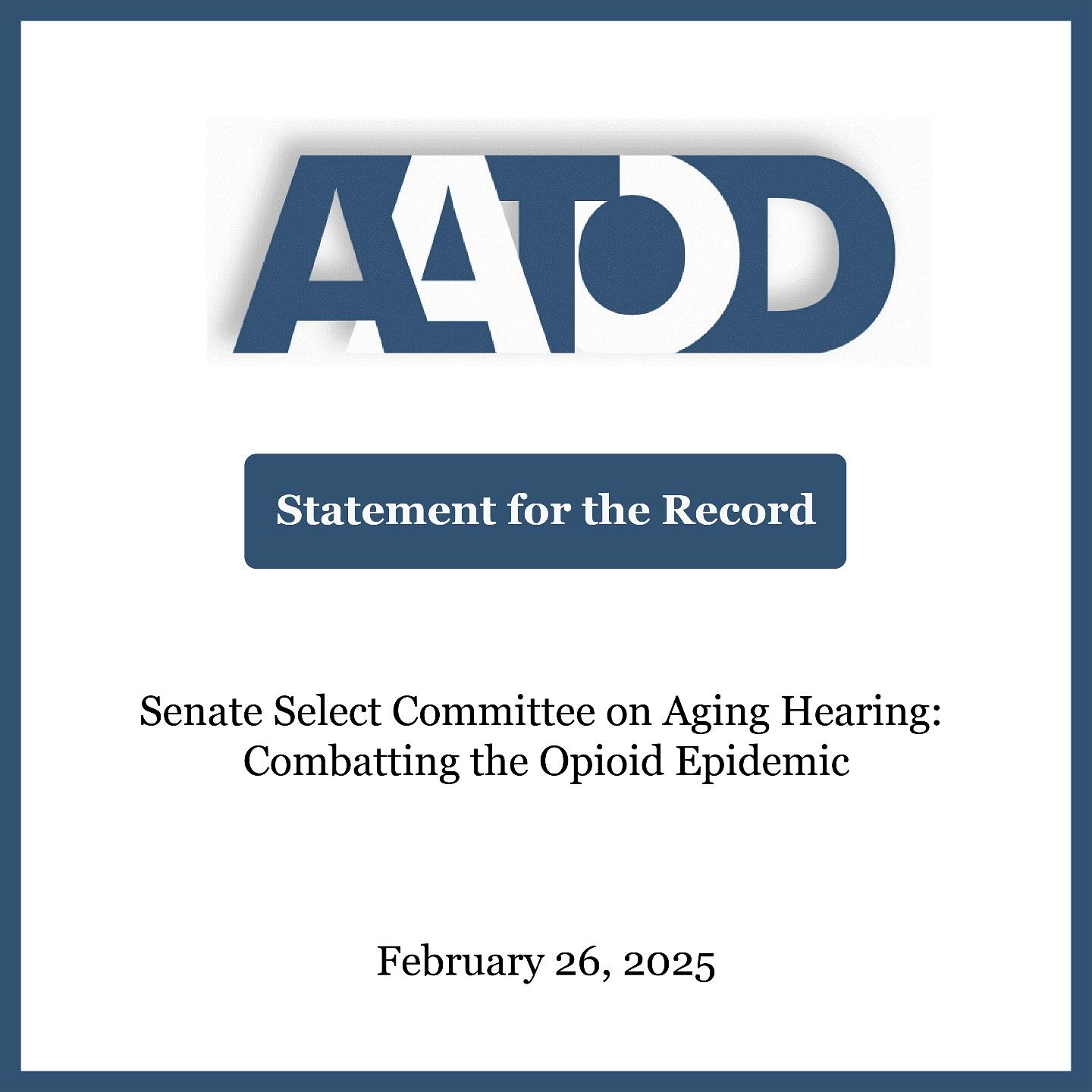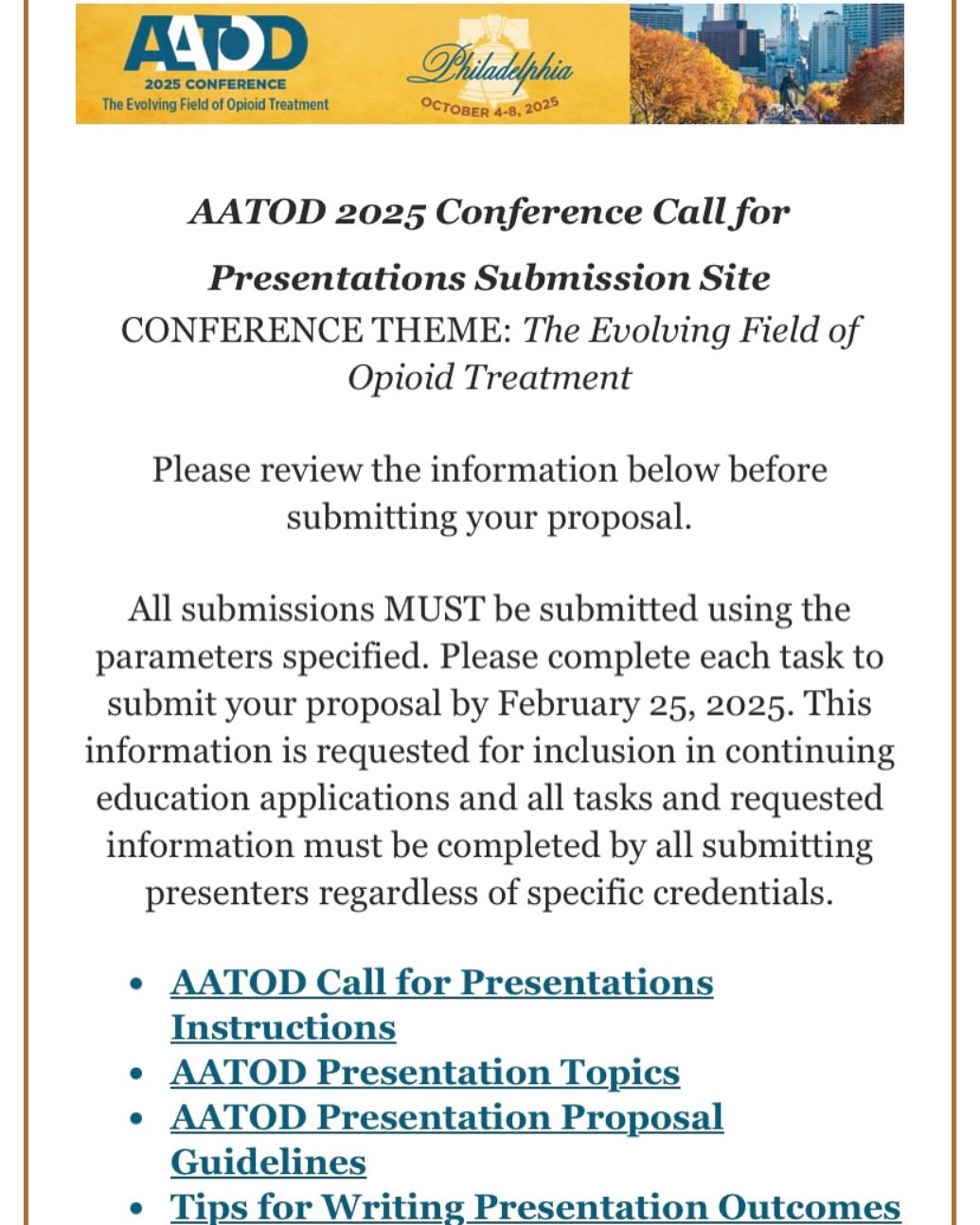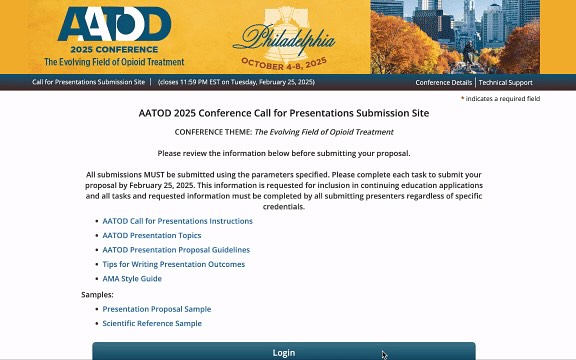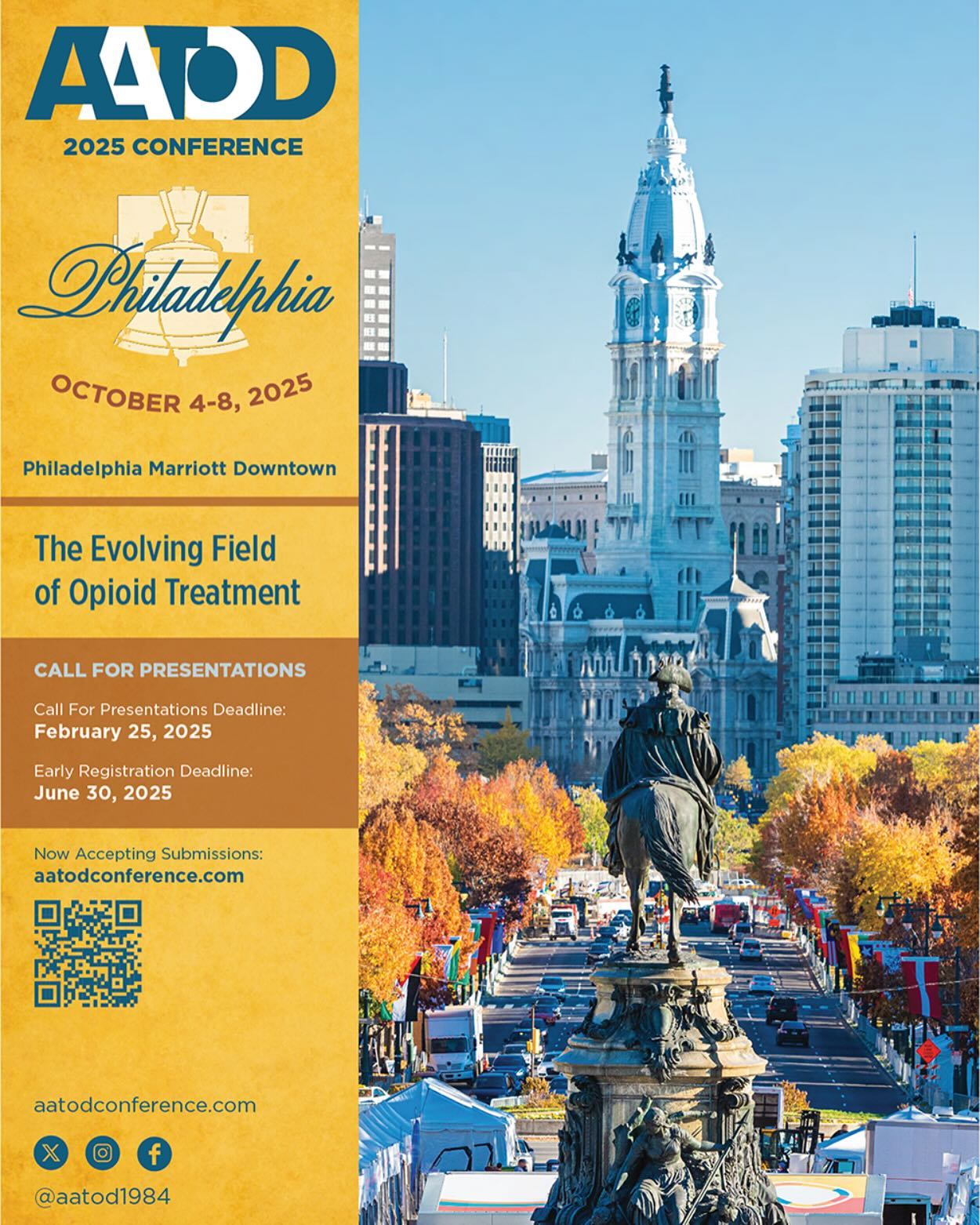Up to this time the normally accepted treatment for opioid addiction has included methadone (an opioid agonist) which is only available through federal and state licensed specialized Opioid Treatment Programs (OTPs), as well as buprenorphine which can be prescribed by specially licensed physicians out of their private practices. Both of these medications have been proven to be highly successful in the treatment of opioid addiction when combined with other recovery support services and clinical care. Both of these medications require the patient to dose on a daily basis. They also both suppress withdrawal and craving. Certain patients find it difficult to comply with daily dosing regimens and have been known to miss days of dosing which could result in relapse. Vivitrol is an extended release formulation of naltrexone, which is an opioid receptor antagonist. This medication was officially approved in October of 2010 by the US Food and Drug Administration (FDA) for the prevention of relapse to opioid dependence. It works by binding to opioid receptors in the brain for up to a one-month duration. The experimental data indicates that Vivitrol blocks neurotransmitters in the brain and experts believe that these blocked neurotransmitters are associated with the pleasurable effects of recreational drugs such as alcohol, heroin, and morphine. This antagonist binding appears to nullify the euphoric and psychotropic reaction of opioids. Since the recovering opioid addicted individuals do not get the reinforcing euphoria or “high” from occasional opioid use, their self administrative behavior pattern of drug abuse is decreased. Ultimately, over time, this lack of reinforcement gradually results in “extinction” of such behavior.
The medication had originally been approved by the FDA in 2006 for the treatment of alcohol addiction; however, it has now been approved for opioid addiction based on the findings of clinical research predominantly performed on heroin addicted patients in Russia. Not only has it demonstrated its effectiveness in preventing relapse to drug use following opioid detoxification, but has also been shown to decrease cravings. Currently it is the only approved medication for opioid dependence that is not a controlled substance. Vivitrol does not display abuse potential, offers a safe alternative for treatment expansion, and has been successfully used in highly motivated groups i.e. impaired professionals, parolees, and probationers. This medication is supplied as a depot intramuscular injection that the patient receives in the gluteal region on a monthly basis.
Safety and efficacy of Vivitrol have been studied. In one six-month study Vivitrol treatment was compared to placebo treatment in patients who had finished opioid detoxification and were no longer physically dependent on opioids. The results demonstrated that patients who were treated with Vivitrol were more likely to stay in treatment and to refrain from using illicit drugs. Further analysis of the data revealed that 36% of the Vivitrol treated patients were able to continue in treatment for the full 6 months of the study without using drugs, compared to 23% in the placebo group. It must be noted that all formulations of naltrexone carry a “black box warning” for liver damage or hepatitis (hepatotoxicity) but in actuality this side effect is rare. Regular clinical evaluations with serial liver function studies are recommended. Furthermore, patients who have been on prolonged treatment with Vivitrol may be more sensitive to lower doses of opioids after Vivitrol treatment stops. This, of course, could lead to serious injury, coma, or death. In order to prevent the occurrence of acute opioid withdrawal in opioid dependent patients, the patients must be completely opioid-free for a minimum of 7-10 days before starting Vivitrol treatment. One must keep in mind that the absence of an opioid in a urine drug screen is quite often not sufficient proof the patient is opioid free. Therefore, a Naloxone challenge test is recommended prior to beginning Vivitrol therapy.
One must also realize that there is always the possibility that patients treated with Vivitrol could overcome the opioid blockade effect of the medication. The blockade of the opioid receptors by Vivitrol is not insurmountable. Patients who administer large amounts of exogenous opioids in an attempt to overcome the opioid blockade of Vivitrol could face a fatal overdose due to respiratory arrest and circulatory collapse.
The FDA has reported certain side effects associated with Vivitrol use. The most common adverse events (occurring greater than 2% and at least twice as frequently with Vivitrol than placebo) were hepatic enzyme abnormalities, injection site pain, nasopharyngitis, insomnia, and toothache. Local effects at the injection site were predominantly pain and induration. Serious allergic reactions including skin rash, facial or tongue swelling, trouble breathing, wheezing, chest pain, dizziness, and feeling faint have also been documented. Further reported side effects are nausea, vomiting, headache, fatigue, and mild to moderate muscle cramps. There have been rare cases of severe allergic pneumonia. Other possible serious side effects include depression (5%), suicidal thoughts (5%), suicidal behavior (5%), dysphoria, and generalized malaise. However, the majority of side effects were reported as “mild to moderate”.
In regard to the dosing requirements of Vivitrol there are two distinct differences between Vivitrol and methadone/buprenorphine. Unlike methadone and buprenorphine, both of which are taken orally, Vivitrol is administered via an intramuscular injection. Unlike methadone and buprenorphine (both of which must be taken daily), Vivitrol is effective for 30 days. Furthermore there is no need to adjust the doses of Vivitrol for weight, height, age, gender, or health status. A single injection of 380 mg maintains his/her blood levels above 1 ng/cc 4-5 weeks.
Vivitrol should be administered only by a health care provider through an intramuscular injection, using special administration needles that are provided with the product. Vivitrol should not be injected using any other needle.
Since Vivitrol is an opioid blocker, pain patients are a considerable challenge. Patients undergoing emergency or elective surgery will not respond to the normal therapeutic doses of intravenous or oral opioid analgesics. The pain-relieving effects of any opioid agonists are blocked while on Vivitrol. This would include pure mu agonists such as methadone or morphine derivatives, partial agonists, as well as mixed agonist/antagonists. In order to overcome the pharmacologic blockade of Vivitrol, extremely high doses of opioid analgesics are required to achieve adequate analgesia. This could lead to accidental overdoses using this class of pain medications. Therefore it is recommended that non-opioid analgesics be prescribed for elective pain management in these patients when possible. This would include the non-steroidal anti-inflammatory agents which are not blocked by Vivitrol. Regional nerve blocks and dissociative analgesics such as ketamine have also been recommended. However, expert consultation by an informed experienced pain specialist would be optimal.
As with any other medication intended for the treatment of addiction, Vivitrol was never intended to be used alone without other conventional accepted modalities for treatment. It should never be regarded as any type of “cure”. It is simply a tool which, when used in combination with inpatient and outpatient drug rehabilitation, counseling, and NA/AA meetings could improve the patients’ chances for a successful recovery.
Furthermore, it is an expensive medication. The average cost of a single monthly injection averages between $850.00 and $1,100.00, depending on the patient population being treated through insurance coverage. However, it is covered by many third party carriers. Virtually all carriers have criteria that the patients must meet in order to qualify for the prescription. Most require that they currently be abstaining from all opioid use and are also receiving documented psychosocial support. Many providers also require that the patients have tried and failed at least a 30-day trial with oral naltrexone; or the member’s physician has documented inappropriateness of treatment with oral naltrexone. In many states Vivitrol is covered by Medicaid. Due to the variation of coverage criteria from state to state and between insurance carriers it would be best to check on an individual basis.






























